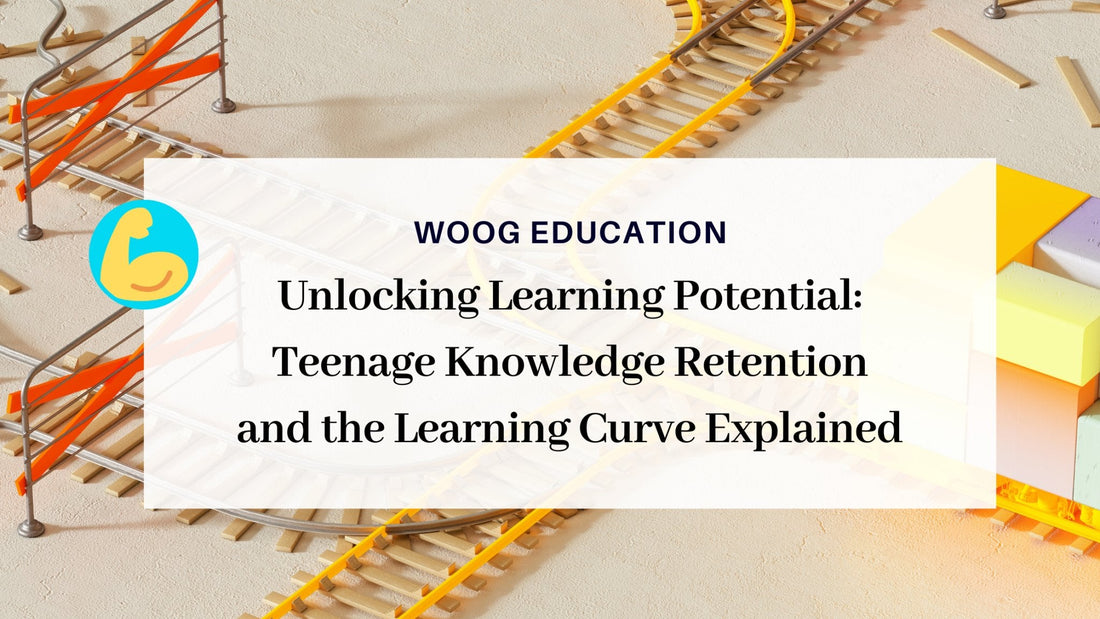The learning curve is an intriguing concept that illuminates the trajectory of knowledge acquisition and skill enhancement over time. For teenagers, this journey through the learning curve is especially critical, shaping their educational growth and future endeavors.
Defining the Learning Curve and Its History
The learning curve represents the relationship between the amount of learning or experience gained and the time spent learning a particular skill or subject. Initially proposed by psychologist Hermann Ebbinghaus in the late 19th century, this curve illustrates the correlation between effort invested and improvement achieved. As individuals engage in learning activities, they progress from a phase of minimal knowledge to proficiency, with varying rates of advancement.
In his groundbreaking research, Ebbinghaus focused on memorizing lists of nonsense syllables and then measuring how much he could recall after varying periods of time. He developed the "forgetting curve," which depicted the rate at which information is forgotten over time if not reinforced.
While Ebbinghaus primarily focused on memory retention, his work laid the groundwork for the concept of the learning curve. The term "learning curve" gained popularity in the early 20th century, particularly in the field of industrial psychology and manufacturing.
Factors Affecting Teenage Learning Curves
During adolescence, the learning curve is influenced by several key factors:
-
Cognitive Development: The teenage brain undergoes significant cognitive development, impacting learning abilities. Enhanced critical thinking, problem-solving skills, and abstract reasoning contribute to their learning curve.
-
Learning Environment: The educational setting, teaching methods, and resources significantly impact knowledge retention. Engaging learning environments, interactive teaching techniques, and access to resources can optimize the learning curve.
-
Emotional and Psychological Factors: Emotional well-being and motivation play crucial roles in learning. Positive reinforcement, encouragement, and intrinsic motivation contribute to a smoother learning curve.
- Technology Integration: The integration of technology in education offers diverse learning platforms and resources, affecting how teenagers navigate their learning curves.
Strategies to Enhance Knowledge Retention
Understanding the learning curve dynamics, especially during teenage years, prompts the implementation of strategies to boost knowledge retention:
-
Active Learning: Encourage interactive learning approaches, such as discussions, debates, and hands-on activities, to engage teenagers actively in the learning process.
-
Personalized Learning: Tailor education to individual needs and interests, acknowledging that different teenagers have distinct learning styles and paces.
-
Incorporate Technology: Utilize educational apps, online resources, and multimedia tools to diversify learning methods and make learning more interactive and engaging.
-
Encourage Reflection and Application: Foster critical thinking by encouraging teenagers to reflect on what they've learned and apply their knowledge to real-life situations.
-
Healthy Lifestyle: Emphasize the importance of adequate sleep, regular exercise, and a balanced diet. A healthy lifestyle positively impacts cognitive functions and enhances the learning curve.
- Positive Learning Environment: Create a positive and supportive atmosphere that encourages risk-taking, creativity, and a growth mindset, promoting a smoother learning curve.
Today, the learning curve remains a fundamental concept in education and psychology, influencing teaching methods, training programs, and skill development strategies. It continues to evolve with advancements in cognitive psychology, neuroscience, and educational technology, offering insights into how individuals learn, retain information, and acquire expertise in diverse domains.
Conclusion
Understanding the learning curve and its impact on teenagers is crucial in tailoring effective educational strategies. By recognizing the factors influencing the learning process during adolescence and implementing targeted approaches to enhance knowledge retention, educators and parents can empower teenagers to navigate their learning curves more effectively, fostering a lifelong passion for learning and academic success.
